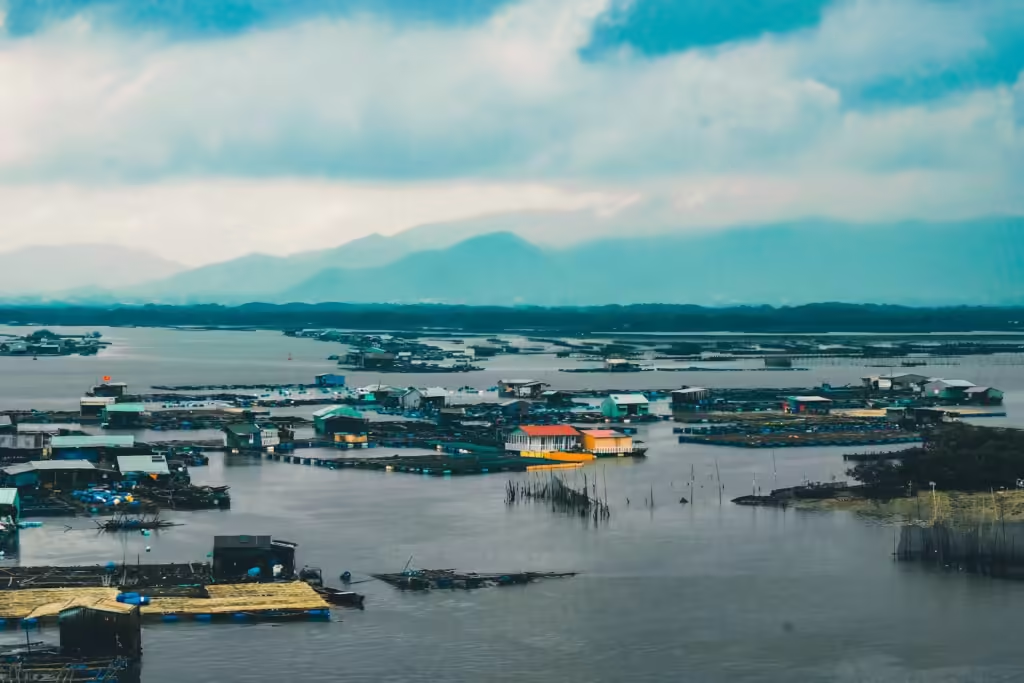Flooding is a common nightmare for property owners, and its devastating effects can wreak havoc on construction projects. Just a few inches of water can lead to tens of thousands of dollars in damages, potentially causing significant delays and headaches. However, understanding the causes of flooding and implementing practical solutions can help safeguard your construction project. In this comprehensive guide, we will explore the various factors that lead to flooding and provide nine effective strategies to prevent it.

Understanding the Causes of Flooding
Before delving into flood prevention techniques, it’s crucial to grasp the root causes of flooding, which can be attributed to both natural and human factors.
Natural Causes of Flooding
- Heavy Rainfall: Intense and sustained rainfall can overwhelm storm drains and cause local rivers and streams to overflow onto lower-lying areas.
- Hurricanes and Tropical Storms: These weather events bring massive amounts of water inland, leading to widespread flooding, especially in coastal regions.
- Rising Groundwater: If an area’s groundwater level exceeds the land’s level, it can result in flooding, particularly in areas with poor drainage.
Human-Induced Causes of Flooding
- Dams and Infrastructure: Man-made structures like dams, while designed to control water flow, can inadvertently cause flooding if not adequately maintained or if they reach their capacity.
- Inadequate Drainage: Clogged gutters, downspouts, and poor construction practices can contribute to localized flooding, turning small issues into significant problems.
9 Practical Solutions to Combat Flooding
Now that we understand the causes, let’s explore nine practical strategies to protect your construction project from the costly consequences of flooding.
1. Raised Foundations
Elevate Your Project’s Foundation: Constructing raised foundations is one of the most effective ways to mitigate flood damage. By elevating the structure’s foundation, you reduce the risk of water infiltrating and causing severe damage. This can be achieved by building a raised frame or increasing wall height.
2. Elevated First Floors
Keep the First Floor Above Flood Risk: Elevating the first floor of your construction project above potential flood levels is a simple yet highly effective preventive measure. Utilize raised foundations with increased elevation and invest in waterproofing materials to ensure added protection.
3. Waterproof Membranes
Create a Barrier Against Water: Installing waterproof membranes is essential to prevent flood damage. These robust materials act as a barrier to keep water out and safeguard your construction project from water-related harm.
4. Flood Vents
Allow Water to Flow Through: Flood vents are a vital component in reducing flood-related costs. They permit water to pass through while protecting the structure from most of the damage. Invest in reliable, high-quality flood vents to withstand the test of time.
5. Flood-Resistant Materials
Choose the Right Building Materials: Opt for flood-resistant materials to decrease the risk and potential costs of flood damage. Materials like brick, mortar, and concrete are more durable and waterproof than others, providing enhanced protection.
6. Building Shape and Orientation
Design for Flood Resistance: The shape and orientation of your building can significantly impact its flood resistance. Steeply pitched roofs with extended eaves offer better protection than flat roofs. Orient the building to make it challenging for floodwaters to enter.
7. Drainage Modifications
Proper Drainage is Key: Prevent flood damage by carefully designing and installing appropriate drainage features, including filter drains, storm drains, and surface drains. Implement green infrastructure techniques like permeable paving and rain gardens.
8. Retaining Walls
Effective Flood Barriers: Incorporate well-designed retaining walls to control and minimize floodwater entry. Regular maintenance is crucial to ensure these walls remain effective over time.
9. Flood Insurance
Protect Your Investment: Ensure your construction project meets the requirements for the National Flood Insurance Program (NFIP). Comply with NFIP Flood Insurance Rate Map (FIRM) zoning requirements and purchase adequate flood insurance to safeguard your investment.
By implementing these practical solutions, you can fortify your construction project against the devastating effects of flooding. Protect your investment, save time, and avoid costly repairs by taking proactive measures to combat flooding from the very beginning.
